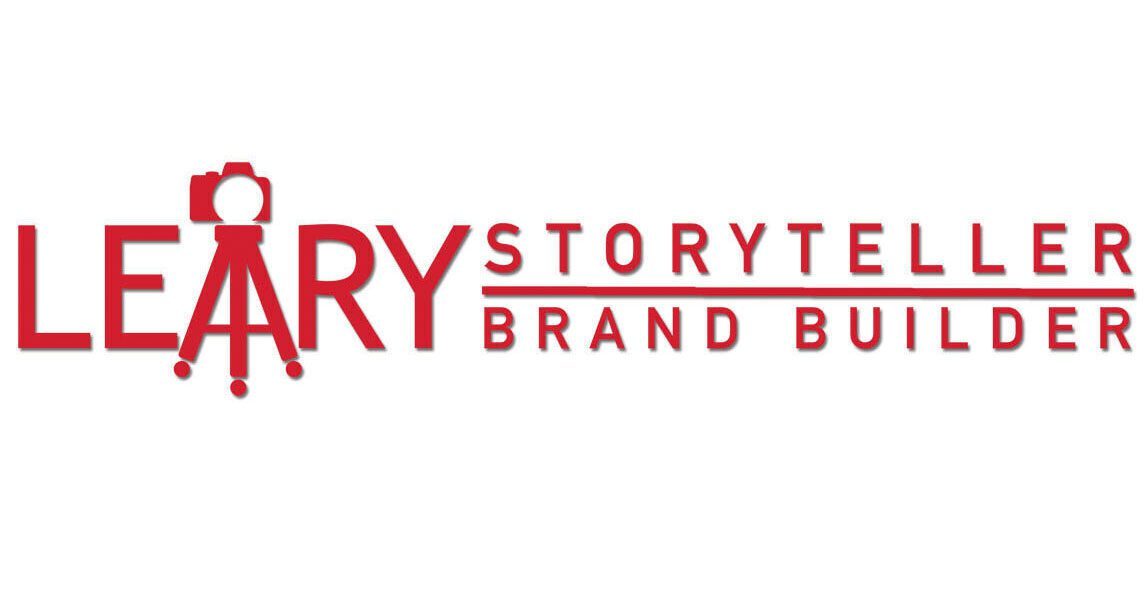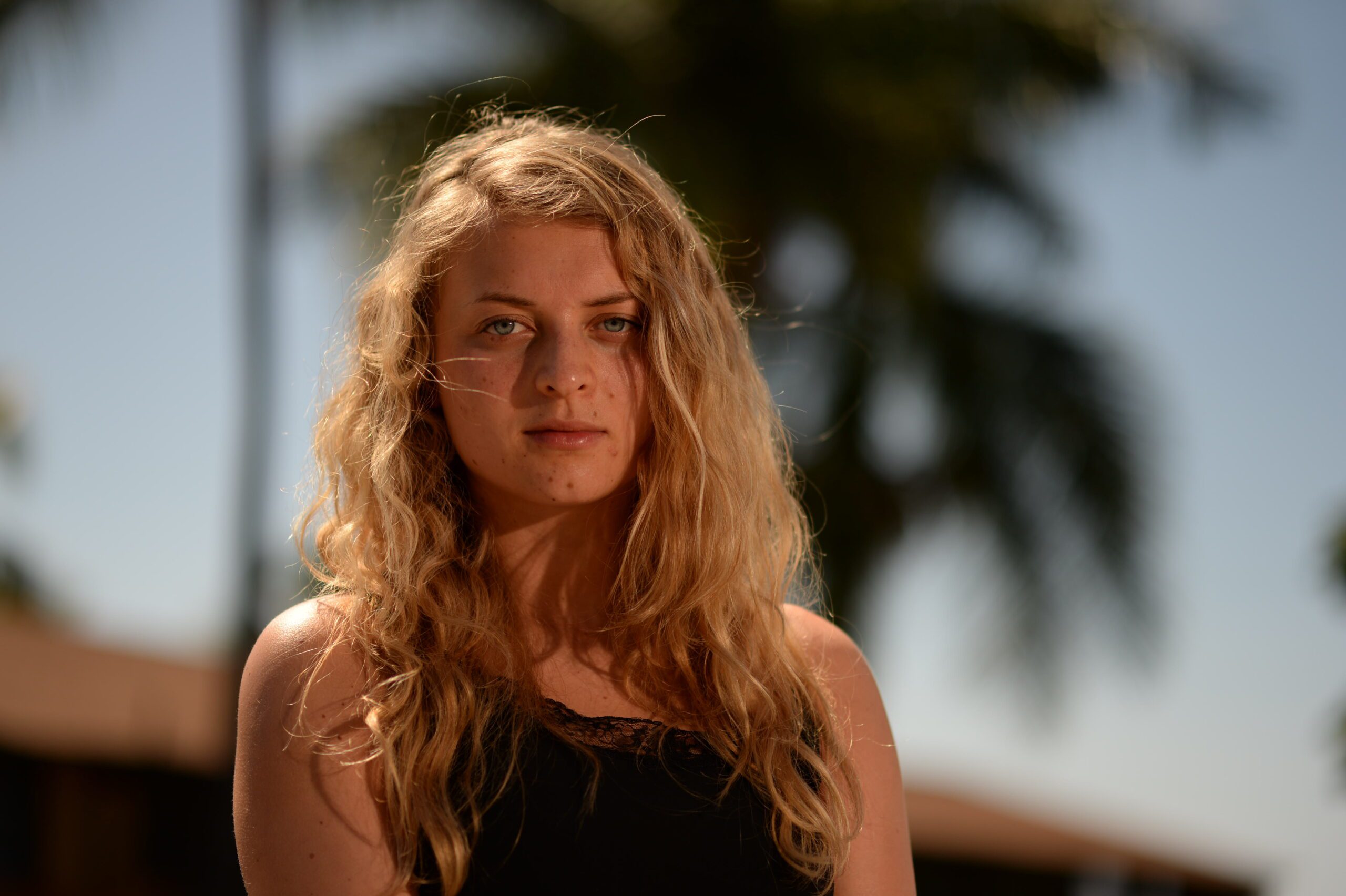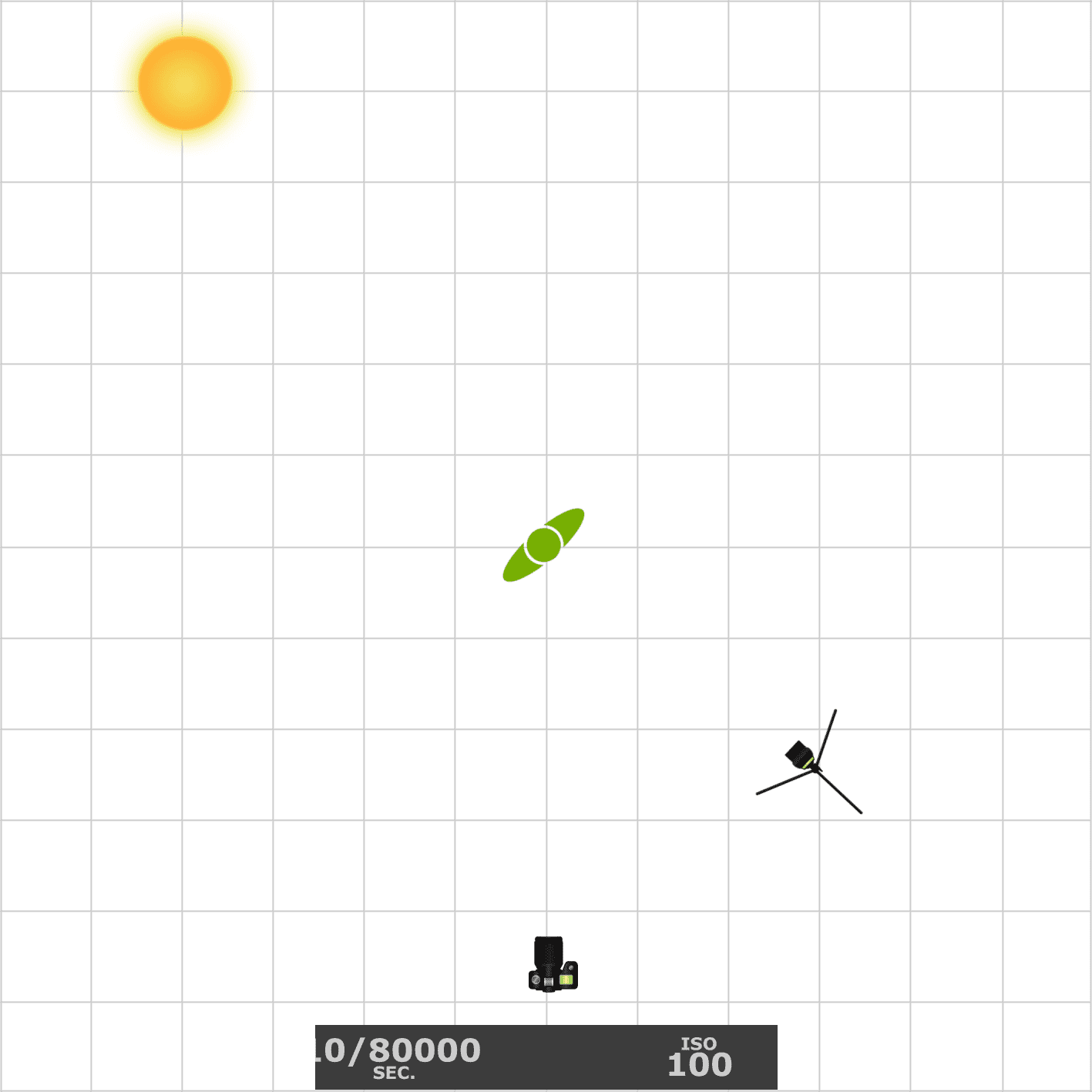| Nikon D4, Nikkor 85mm ƒ/1.8G, ISO 100, ƒ/1.8, 1/8000—Off camera fill-flash using the Nikon SB-900. The Pocketwizard radio remote triggers the flash. |
Today I taught the students the difference between studio strobes using them outside for lighting and using a TTL Hotshoe flash.
I love the photo at the top with the ƒ/1.8 look.
Now, all these test shots show the difference between the lights. Not so much about finding a great location–now, seeing these, I should have spent more time scouting before the class to find a great background.
Before we added flash, we took one photo as the light was on the subject.
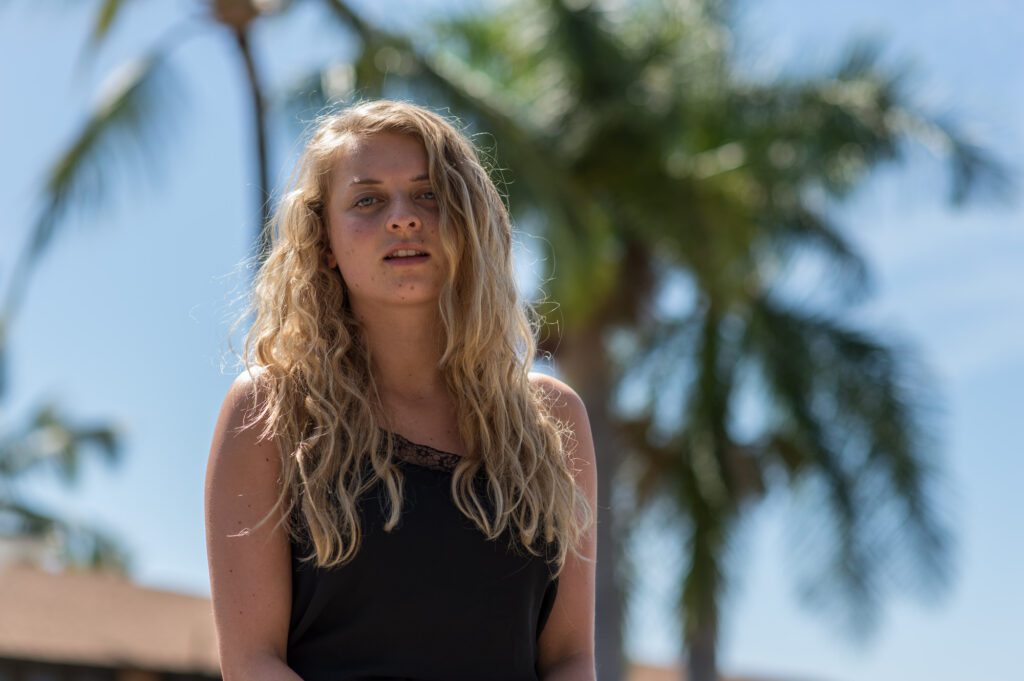
So this is where we started with no light, just the available light.
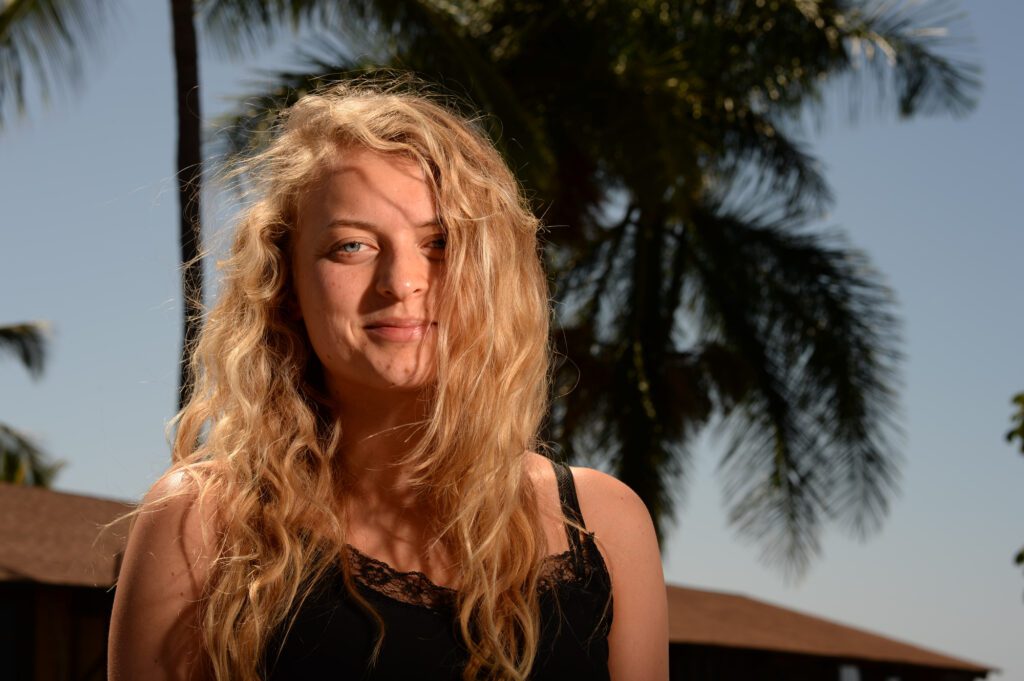
Here for this photo, we took the first photo and transferred the settings using a sync speed of 1/250. Instead of the same exposure, we underexposed by -2EV. I wouldn’t say I like the background as sharp as it is here. However, I like the shallow depth of field in the first photo.
Now you can see the advantages of TTL Hotshoe flashes, and the benefit of the studio strobe is shooting faster [less recycle time].
